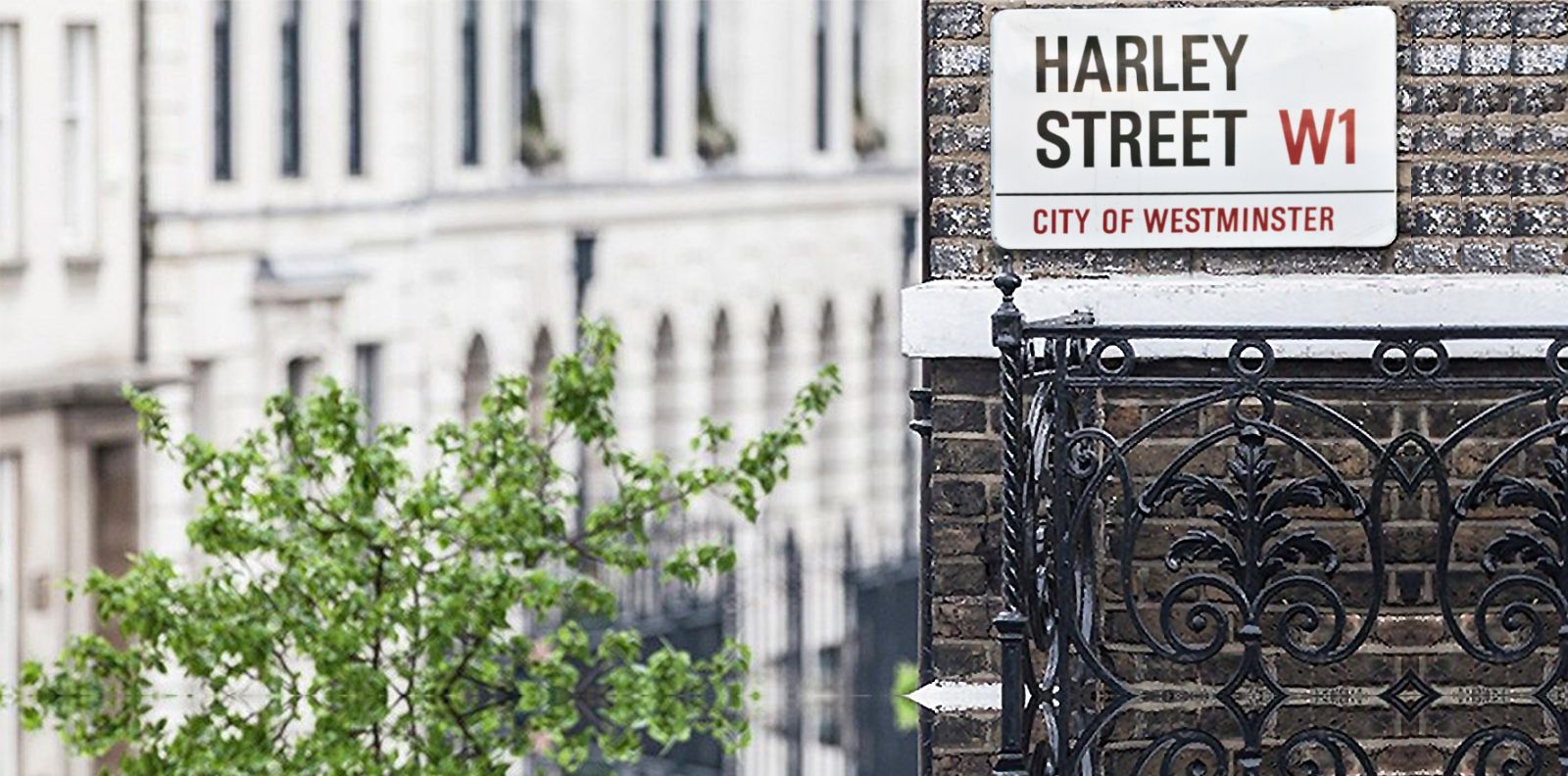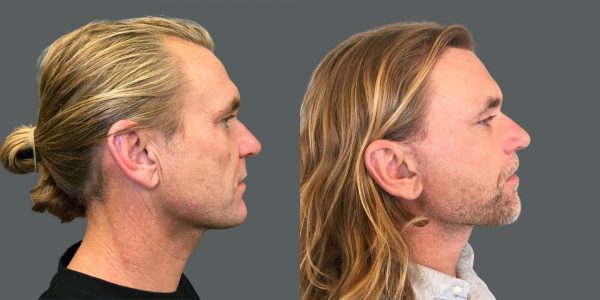

There are anatomical, cultural and aesthetic subtleties between the male and female face. Anatomically, men tend to have thicker skin – literally rather than metaphorically – as their dermal thickness is actually 20-25% thicker than women’s. “Men’s skin is significantly thicker than women’s skin due to androgens (like testosterone), which yield a denser network of collagen fibres than that found in female skin,” says Dr Yannis Alexandrides. Therefore, from a biological standpoint, men age slower than women – which can be beneficial, as the need for a Facelift or any surgical intervention can be prolonged.
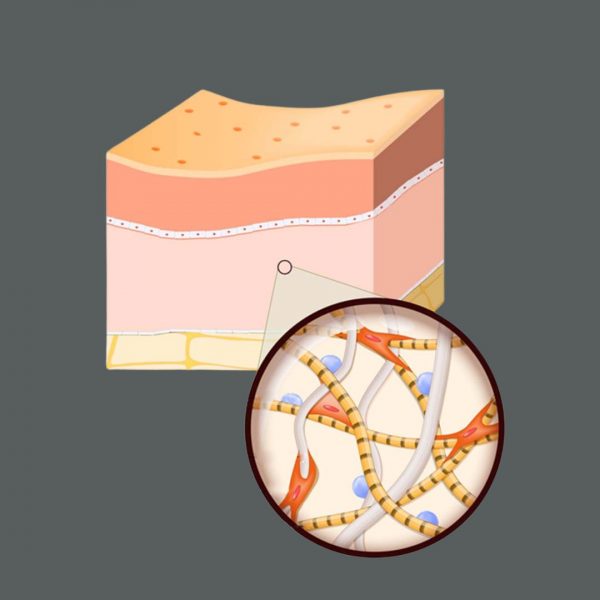
So, aside from men having thicker skin, there are anatomical differences between male and females; notably size of the face, the structure and the prominence: elements such as the prominence of cheek bones, brow brows, nose and mandible bones, all need to be considered by the surgeon to ensure that a Facelift will help lift and enhance the correct areas.
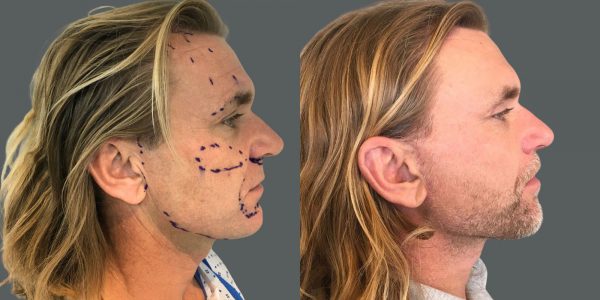
Below are the some of the common anatomical features of a typically ‘masculine’ face:
- The forehead and brow ridge are higher, broader and more protruded
- The eyes may be deeper-set than women: this can be due to the prominence of the brow ridge
- The eyebrows may be lower or straighter
- The nose is larger, the alar base wider, and the nostrils and bridge can be too. Typically, a convex in the nasal bone, one that gives an arched or hooked appearance can be deemed more masculine, also
- The cheeks: the cheekbones may be larger but this can give a flatter appearance to the zygomatic area – this is an area that we aim to reveal during your Facelift.
- The jawline: men’s jaws are broader, and the chin is more pronounced.
The next nuance to consider would be the aesthetic differences. Some commonly requested Facelift goals from Dr Yannis’ patients would be to help accentuate features such as the jawline, and reducing the appearance of the nasolabial folds, and restoring defining to the zygomatic area. Other aesthetic concerns of men we commonly see in the clinic are to improve and increase the contour of the neck and also to respect their facial hair – so that after a Facelift, shaving patterns will not be affected.
So, although each surgery is different, there is one thing that never changes – helping our patients achieve a natural transformation. Regardless of gender and the distinctions between them, most of our patients want their Facelift to look natural. They do not want to look pulled or stretched, but rather simply how they did in previous years.
How does a Facelift work?
A Facelift works to essentially reposition the skin and the extent and complexity varies from technique to technique. Below is a brief breakdown of the types of Facelifts Dr Yannis performs in our Harley Street clinic:
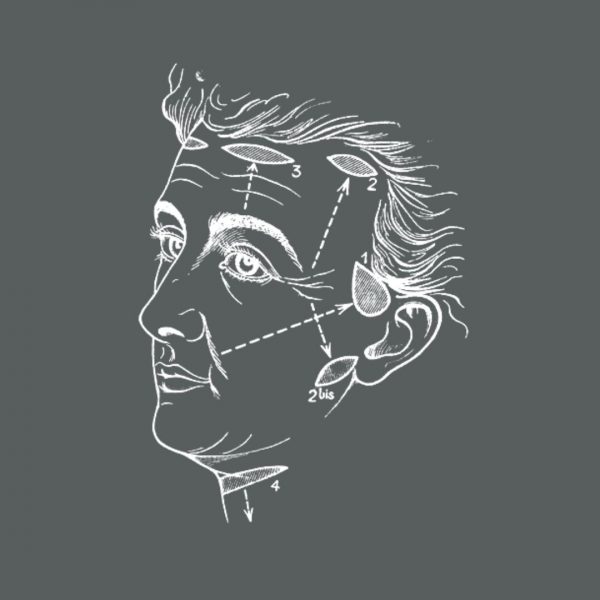
The Deep Plane Facelift
This is the most complex type of facelift Dr Yannis performs. It works by gently revealing the anatomical plane between the muscles, the skin’s plasma, and fibrous tissue, known as the SMAS, and then uniquely lifts all elements as one for an immediate result. This Facelift gives a deep, structural lift to the muscles and can last for up to 20 years.
Y Facelift
A technique pioneered by Dr Yannis himself, the Y Facelift targets lower face and neck laxity with the name coming from the Y shape seen along the jawline and neck. It works to tighten loose skin for a tighter and more youthful appearance.
Neck Lift
A Neck Lift not only works to tighten the skin of the neck and reduce the appearance of platysmal bands which can present themselves horizontally and vertically across the skin, but also includes lifting the lower face too. Dr Yannis specialises in Face and Neck Lifts and usually will usually alter both during a face lifting surgery to ensure a harmonious transformation. One of the techniques Dr Yannis has invented is the Y Facelift, which is a lower Facelift approach, developed with his deep understanding of the ageing process and facial anatomy, and addresses sagging in the lower face and neck region.
The SMAS Facelift
A SMAS Facelift addresses ageing in both the upper and lower face. It separates the skin and muscle, so they can be improved as separate entities. Dr Yannis will tighten and manipulate the muscles, then redrape the skin before removing the excess, concealing the incisions as much as possible.
A Mini Facelift / Sculpting Facelift
Also known as a Mini Facelift or Sculpting Facelift, this is a term used by doctors to describe a type of facelift that offers a more preventative, subtle approach and has immense abilities to reshape and sculpt the face.
It is suited to those looking to target the early onset of ageing such as jowls, the deepening of lines, asymmetry and loss of elasticity. This is a procedure that is popular among under patients who are not experiencing the advanced signs of ageing but wish to offset the development of them.
Often this is a more superficial Facelift – meaning it alters the superficial skin rather than the deeper elements that are manipulated during a Deep Plane or SMAS Facelifts.
Of course there are many different types of Facelift techniques, from Endoscopic to Liquid Facelifts, and you can discover more information on them by clicking the links within.
Request a Consultation
Please note, all consultations are subject to the applicable consultation change or deposit.
REQUEST A CONSULTATION
To request a consultation regarding Male Facelift Costs in London, please complete this form.
Please note, all consultations are subject to the applicable charge below at the time of booking. This is deducted from the cost of your procedure:
Non-Surgical Treatments In-Clinic & Virtual Fee – £50 refundable or redeemable against your treatment.
Our Patient Advisors are contactable via phone Monday to Friday from the hours of 10:00 – 18:00
To request a consultation, please complete this form.
REQUEST A CONSULTATION
To request a consultation regarding Male Facelift Costs in London, please complete this form.
Please note, all consultations are subject to the applicable charge below at the time of booking. This is deducted from the cost of your procedure:
Non-Surgical Treatments In-Clinic & Virtual Fee – £50 refundable or redeemable against your treatment.
Our Patient Advisors are contactable via phone Monday to Friday from the hours of 10:00 – 18:00
